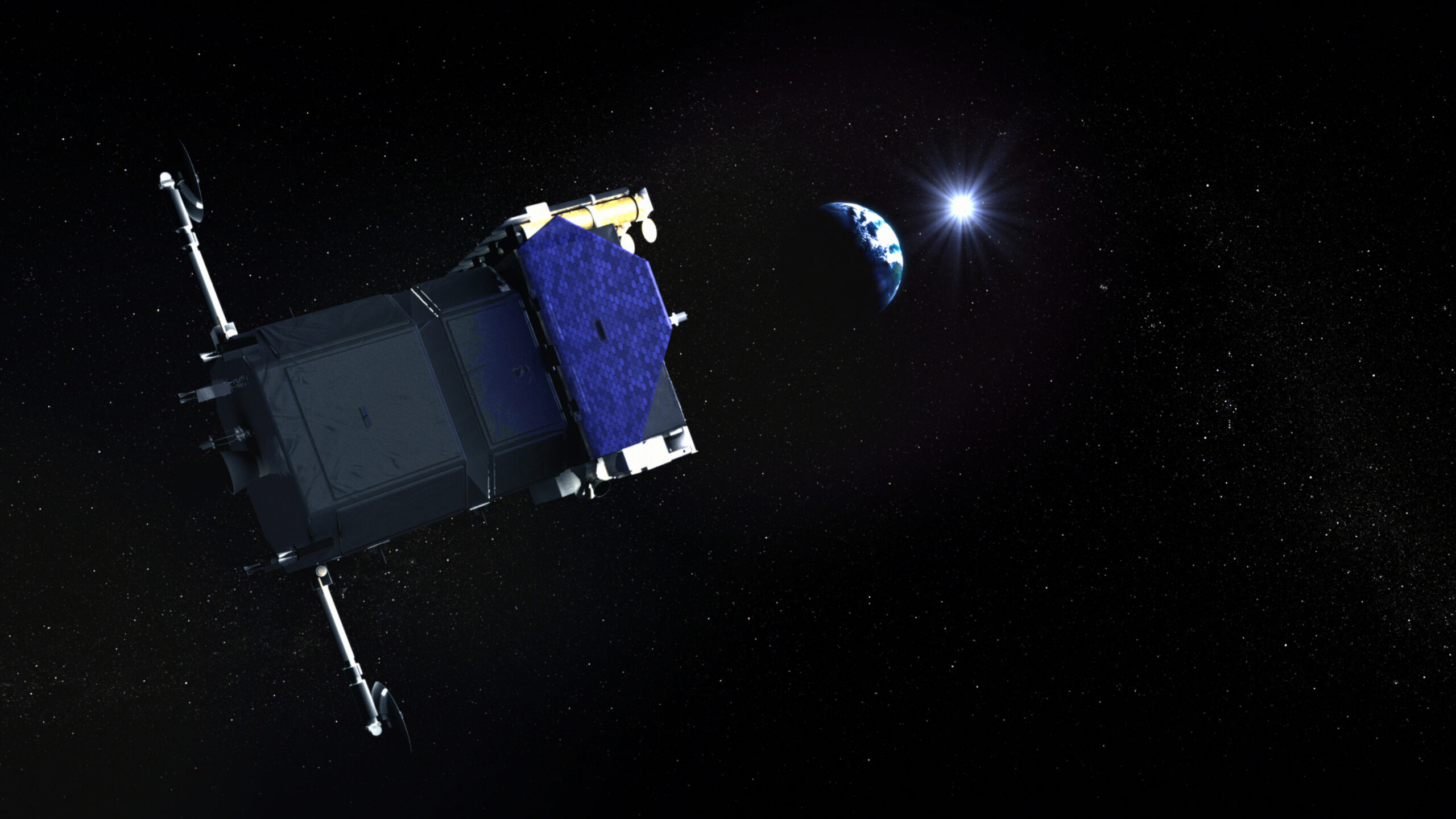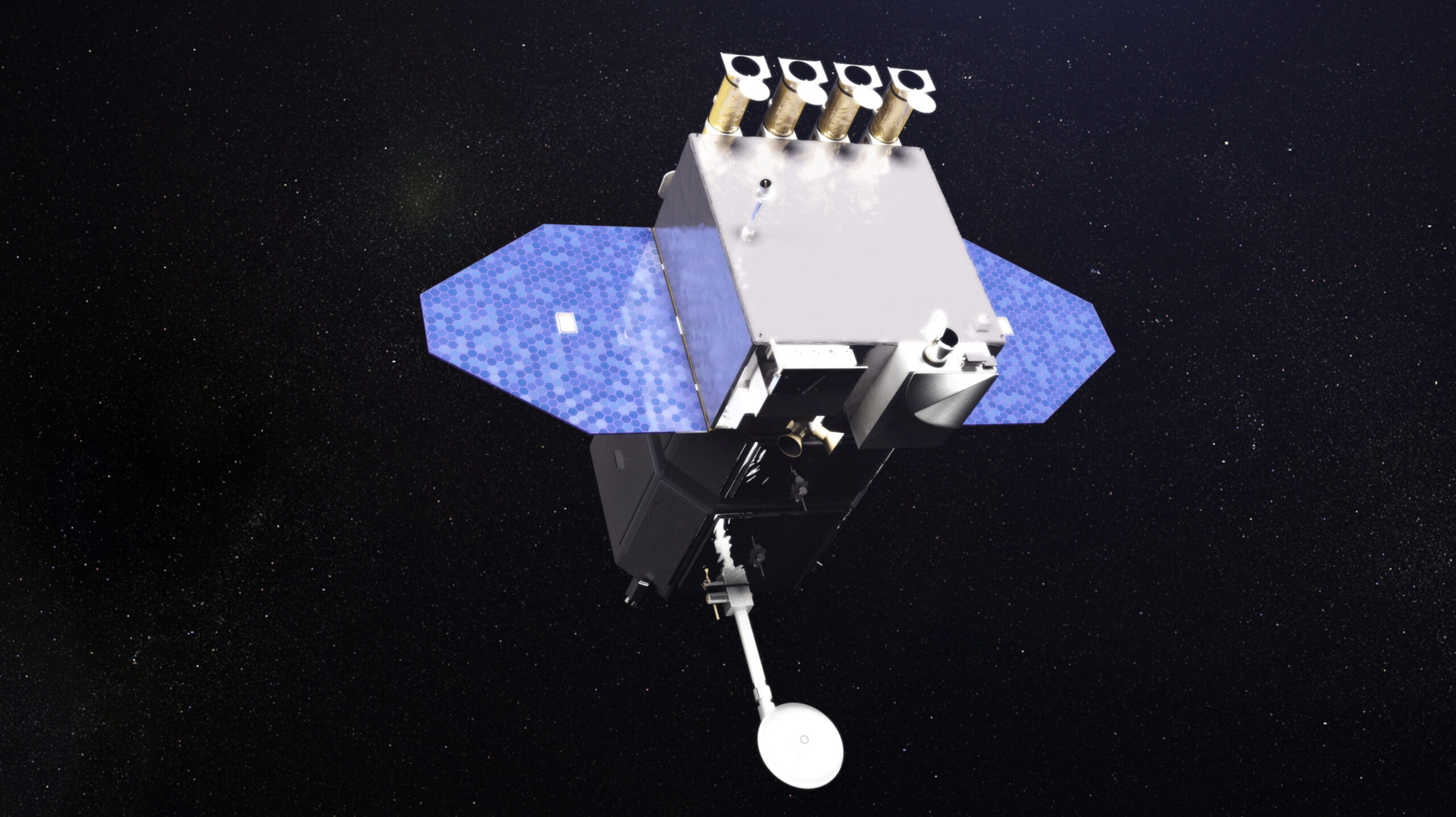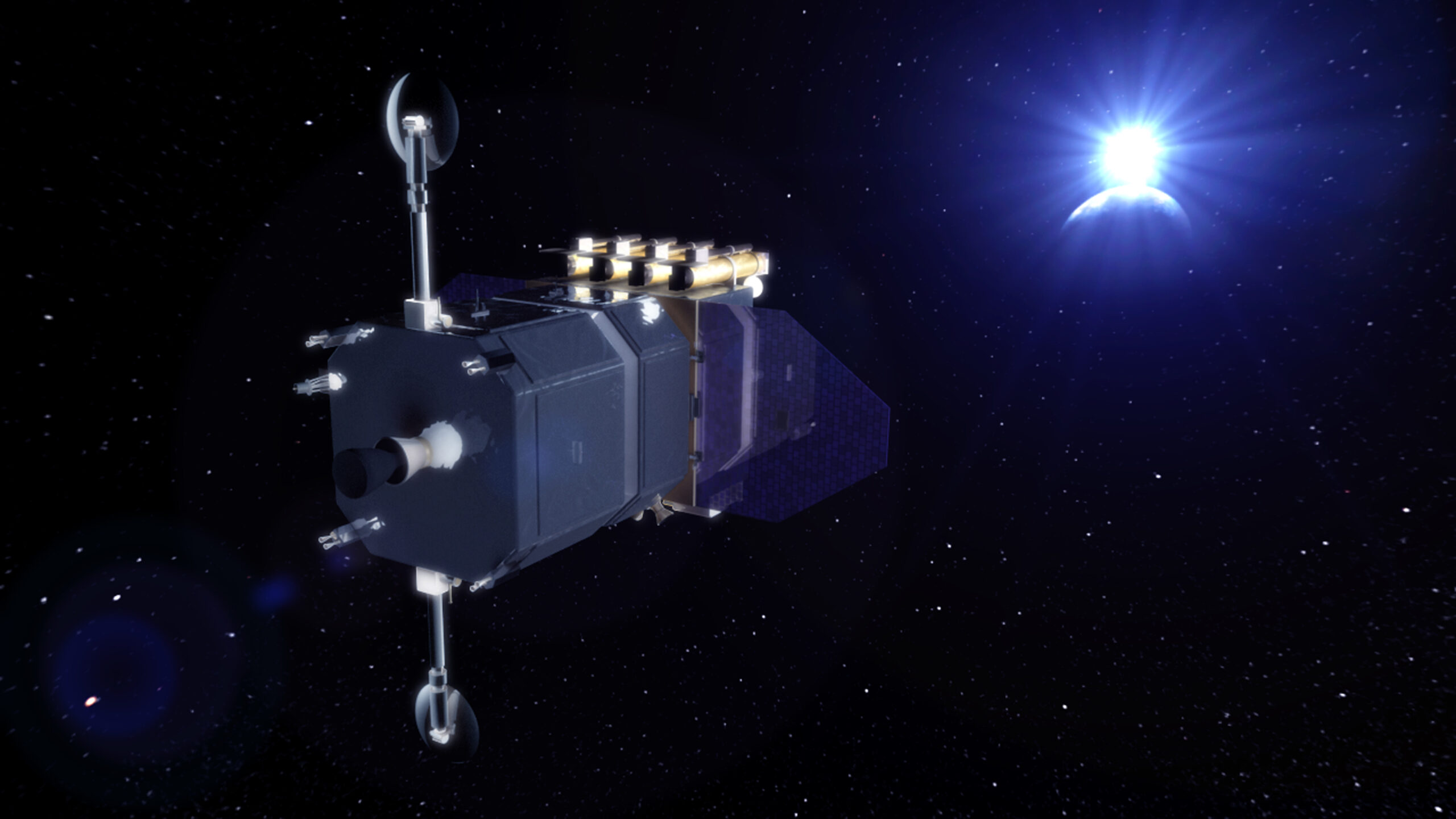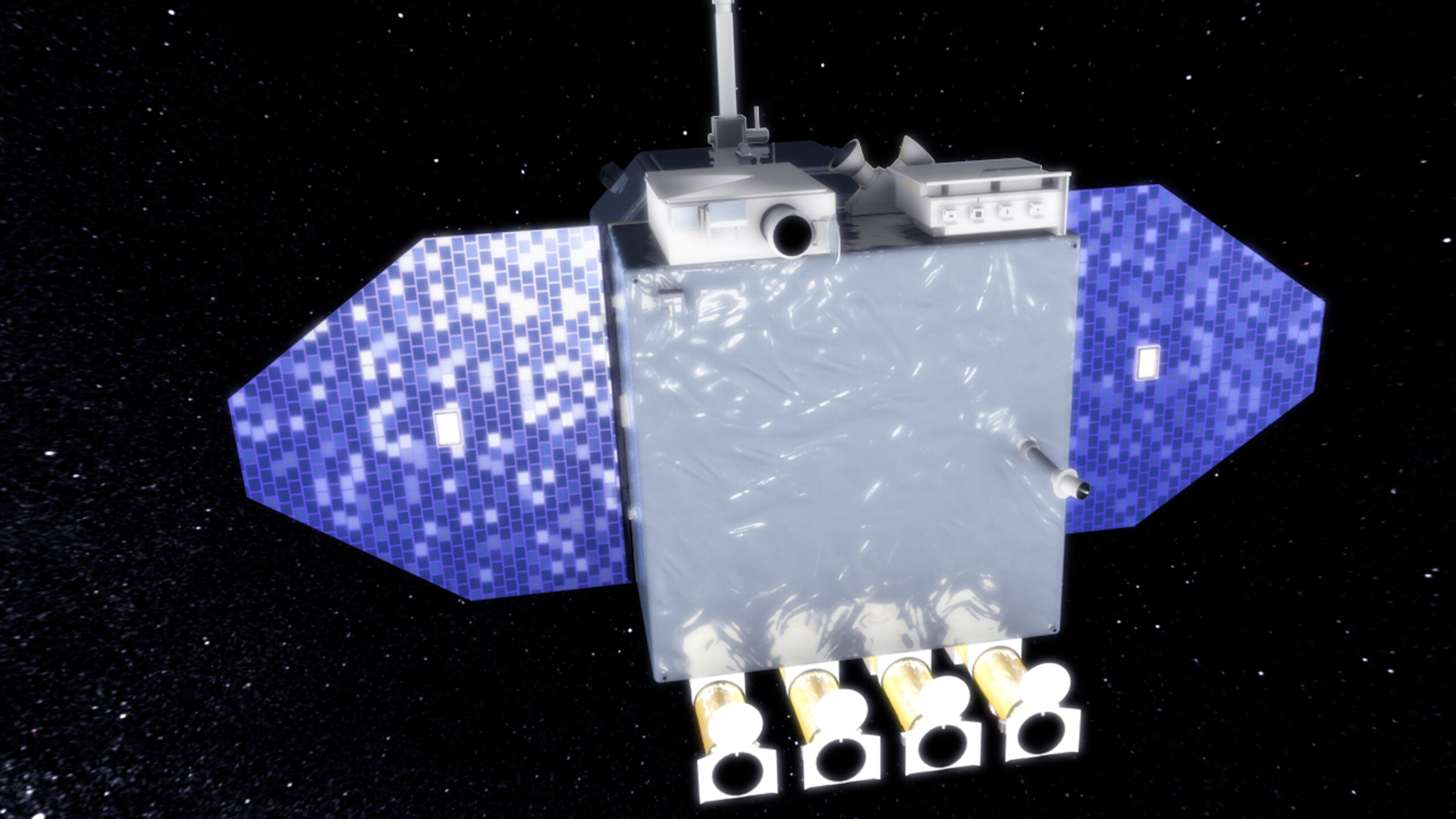
The IRC’s partnership with NASA/Goddard for satellite and science visualization was expanded to include the creation of a 3D interactive web-based model of the Solar Dynamic Observatory (SDO) satellite. The project allowed the IRC to engage three former UMBC students. Katie Chrzanowski, a CWIT scholar, Visual Arts Major, Computer Science Minor, and IRC Fellow, directed the programming effort.





Phase 1 of the project created a full-screen 3D interactive SDO satellite to be used for educational and outreach purposes on the NASA public website. The interactive allows the viewer to move around the spacecraft and learn what each of the instruments will measure and how scientists will use the data.
Phase 2 re-purposes the interactive model for in-flight anomaly problem-solving. During a mission when problems or anomalies arise, engineers need to access the craft’s construction history to determine what may have gone wrong and what might rectify the situation. Phase 2 creates an in-house website where the 3D model is the interface for engineers to access more than 100,000 photographs of the satellite. This type of interface allows them to see quickly how different parts relate to each other. Before this type of interface, engineers had to resort to text-based keyword searches in hopes of finding the needed image.
Researchers and Creators
Project Directors: Ryan Zuber, Dan Bailey
Client: NASA TV and Goddard Space Flight Center, Barbara Lambert
Interactive Programming: Katie Chrzanowski
Additional Programming: Shane Lynch
Modeling: Andre Mercier, Adam Petrone
Imaging Research Center, UMBC © 2024